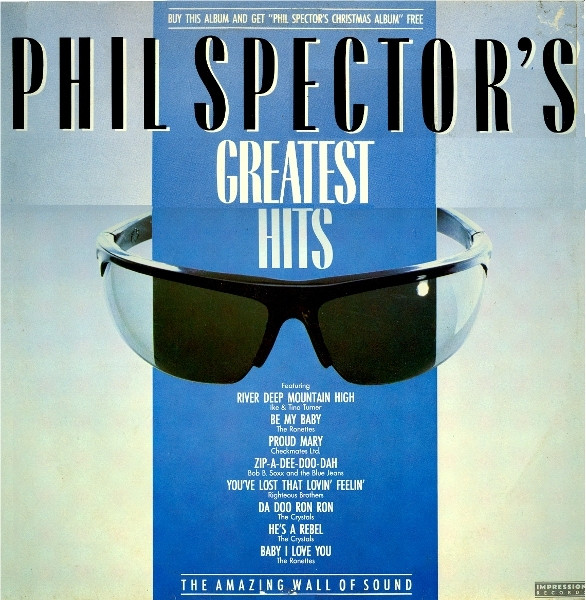J. J. Cale: Naturally - 1971
After a long-time sufferation of Cale confusion, I have finally sorted out the difference between ex-Velvet Underground Welshman John Cale and Oklahoma-born country bluesman J. J. Cale. I have reviewed albums by both of them, but it is the ones by the blueser that I prefer, by far.
This was his 1971 debut album.
Call Me The Breeze ain't nothin' like Lynyrd Skynyrd's now more famous cover of it, no sir. It rolls and rocks in laid-back country style, a style that Eric Clapton would make a mid-end of the seventies career out of too. An interesting piece of trivia is that apparently it was recorded with an early type of drum machine, giving it that disinctive homemade feel. Indeed the whole album carries that ambience, a bit like Bonne Raitt's debut from the same year. The tracks are all relatively short and downhome in their vibe, only two of them top three minutes.
Even more sleepy is the slow country blues of Call The Doctor and Don't Go To Stangers doesn't break the mould much either. There is a relaxing, melodious and sort of comforting groove to these numbers. They just sort of roll gently along like tumbleweed.
A livelier, slightly reggae, slightly funky brassy beat backs the mightily appealing Woman I Love. The woman in question "ain't much more than skin and bone" says Cale, intriguingly. She does treat him right, however. That old sleepiness is back on the dead slow shuffle of Magnolia. The line "you're the best I ever had" puts me in mind of Bruce Springsteen's Reno.
Side one concludes with the upbeat country pickin' tale of Clyde, a track that surely influenced Mark Knopfler, both on his solo work and with Dire Straits. Some fine wah-wah backs the now unsurprisingly semi-comatose strains of Crazy Mama but we get a perhaps welcome raise in tempo on the infectious and enjoyable barroom boogie rock of Nowhere To Run.
Now we come to After Midnight, a track that had been an early single 'b' side for Cale back in 1966, before Eric Clapton made a big hit of it in 1970. Being so familiar with Clapton's version after all these years, it is a bit strange hearing Cale's version. If Eric's one was laid-back, then this one is flat out on the floor.
River Runs Deep has a nice percussion backing to it and Cale's vocal is just so very country blues, isn't it? "Ain't no woman goin' make a fool outta me", he croaks in true blues fashion. Bringing It Back is comparatively fast and rocking, and I mean comparatively. It's a good one, though, one of the album's best.
That drum machine sound is back on the pleasant Crying Eyes, which closes this equally agreeable album.
Also worth checking out
Cale released many more albums, all mainly in his distinctive Tulsa style. These include Really, in 1972 and Okie in 1974. Both are eminently listenable, a tad more punchy and they have a slightly better sound than the more home-made sounding debut, particularly Okie. The material doesn't beg further reviewing, track-by-track, as I am sure you have got the idea of what Cale's sound is about from the review above, I hope. I can put either on at any time and enjoy them, they just have that effortless sound to them that appeals to me. Add some J. J. Cale to any seventies Americana playlist and you will certainly enhance it. Eric Clapton no doubt loved these albums too. It is country blues rock, but Cale has a style of his own (and Clapton's, of course). Cale could play, and no-one knew that more than Eric Clapton. They eventually got together to record the excellent Road To Escondido in 2008.










